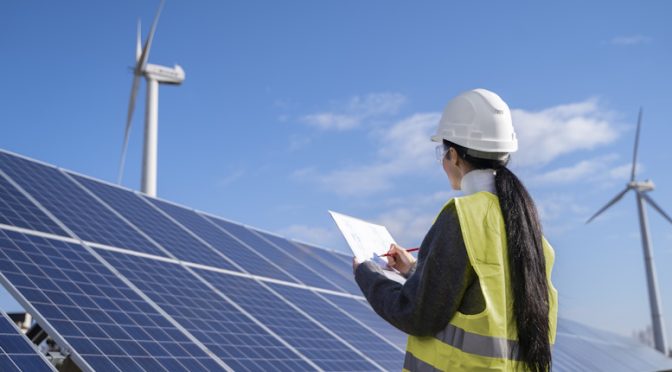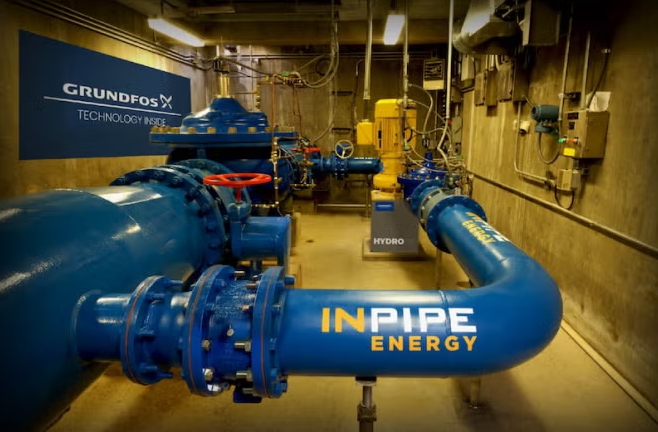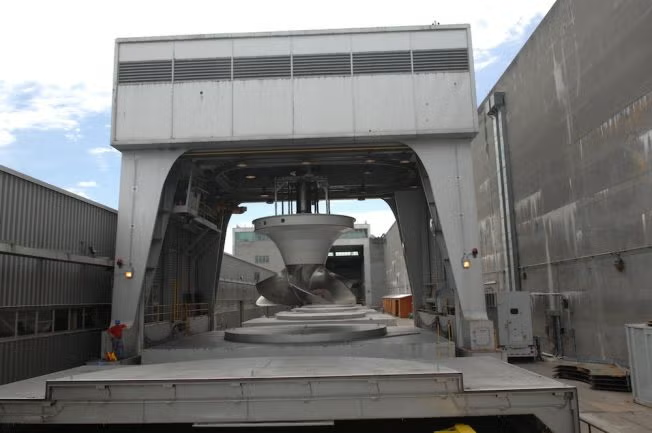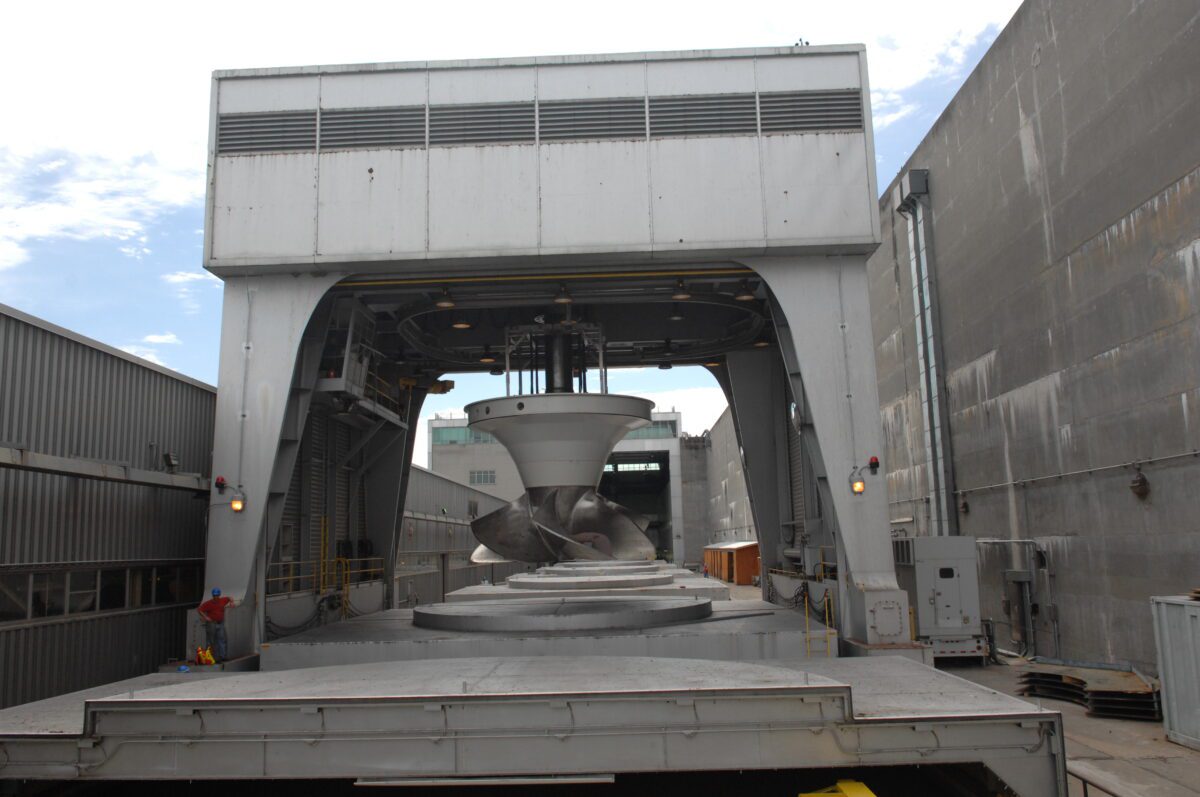
Taken together, wind and solar power in China are set to overtake coal plants this year. In 2023, the country added 217 GW in photovoltaics in 2023, more than the rest of the world combined. The United States, the second-biggest market, hosted only 175 GW at the turn of the year.
In its annual report, the China Electricity Council estimated that photovoltaics and wind power would make up a total of 40% of grid-connected capacity at the end of 2024, compared to 37% for coal. They would roughly switch places from one year before in that case. In absolute numbers, it is 1.3 TW in combined wind and solar, compared to the 1.2 TW target for 2030.
China shattered records across the board in the energy transition. Solar power capacity jumped by 217 GW or more than 55% to 609 GW. The additions alone were larger than in the rest of the world altogether, but also above the entire installed capacity in the US, the second-biggest market, at 175 GW.
Solar module prices may have dropped below sustainable levels
However, coal power plants can work 24 hours a day with a constant supply of fuel while photovoltaics and wind facilities depend on weather conditions. Coal accounted for 59% of electricity consumption last year in China, compared to the 15% share of solar, wind and other renewables excluding hydropower, according to the National Energy Administration (NEA).
China dominates the global market with its photovoltaic panels, as the exports of solar power equipment reached USD 245.3 billion in 2023. In the wind gear segment, the level was USD 33.4 billion.
But even with the planetary expansion’s benefits for the domestic solar industry, producers have been slashing margins to stay afloat amid strong competition. It resulted in the price cuts that led to the solar boom in the first place. Such companies now face pressure to lower costs, which may be felt across the renewables sector.
Wind additions estimated at 60% of global total, even above PV
China’s total electricity generation capacity surged by 13.9% to 2.92 TW. Thermal power grew by 4.1% to 1.39 GW. Wind jumped almost 21%, a record 75.9 GW, to 441.3 GW. BloombergNEF estimated that China accounted for 60% of new wind and 58% of newly installed solar power capacity in the world in 2023.
The country is at the forefront of the world’s energy storage investments as well. The capacity excluding pumped storage hydropower spiked more than 260% last year to 31.4 GW.
The category includes batteries, compressed air and thermal storage. Lithium ion solutions made up 97% of the total at the end of last year. Average energy storage duration was 2.1 hours.
Clean energy investments are China’s main economic driver
Taken together, investments in renewables (with manufacturing), nuclear energy, electricity networks, storage, electric vehicles and railways jumped 40% to 6.3 trillion yuan (USD 890 billion) in 2023, Carbon Brief reported. Given that some sectors like real estate suffered declines, clean energy equaled the nation’s entire net growth in investments. It came in just below the entire world’s total fossil fuel investments.
The said sector accounted for two fifths of China’s economic growth.







